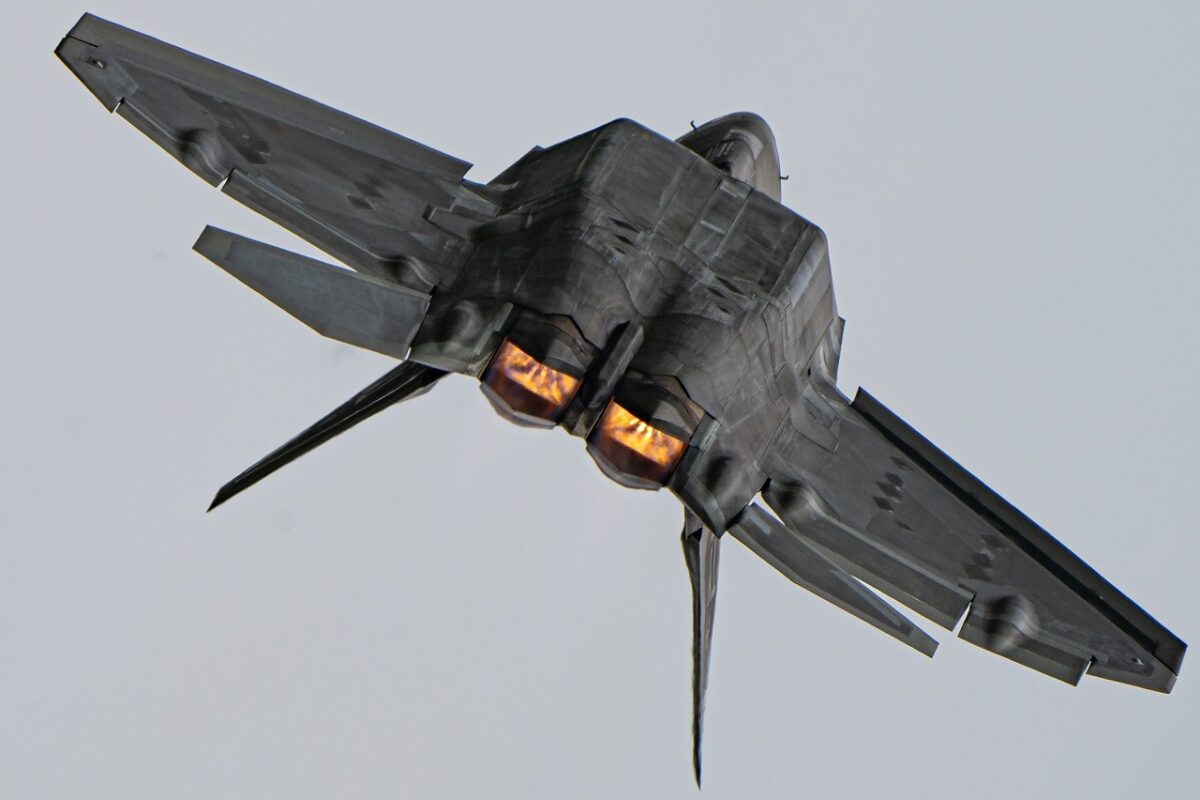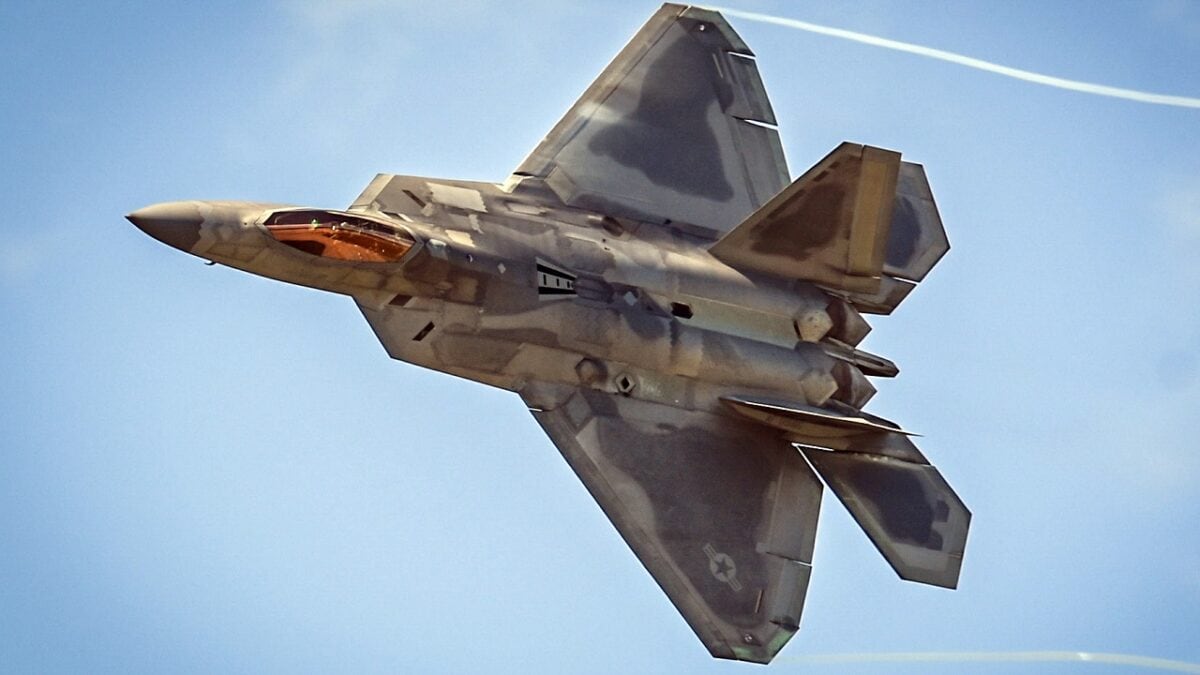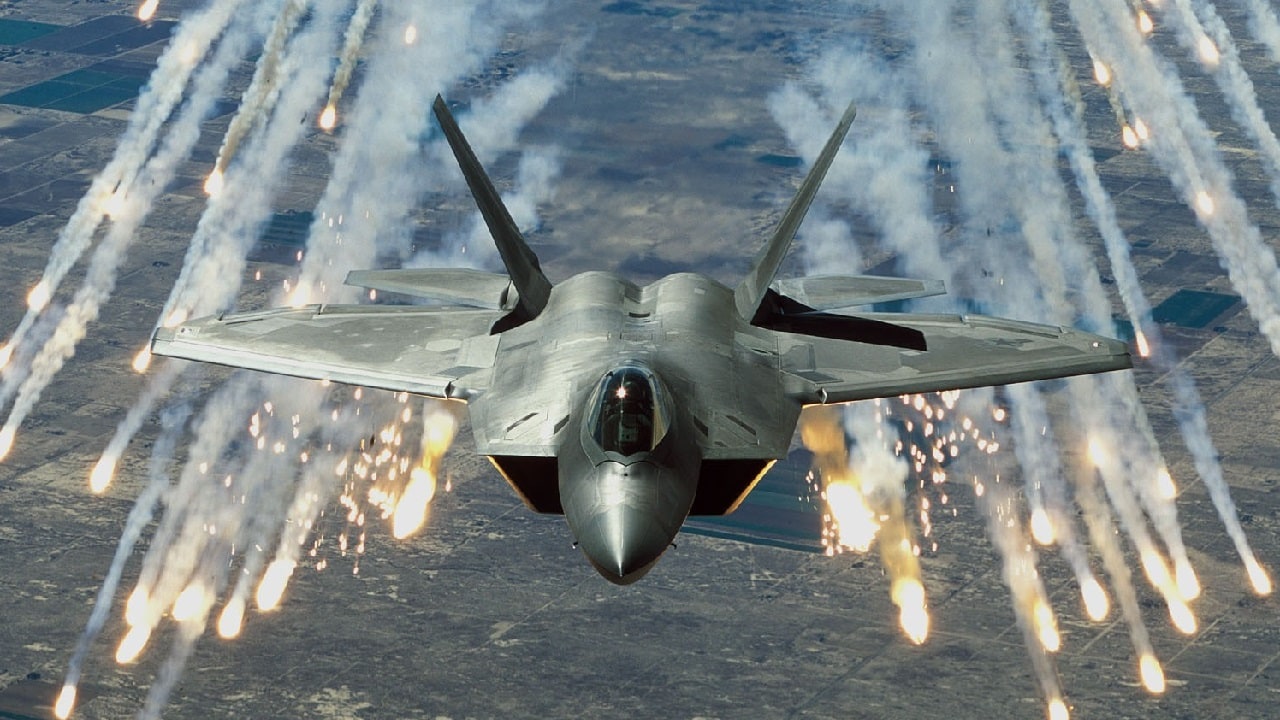Below is a short excerpt of a piece I did at the American Conservative a few years back detailing a wargame I held. I played the United States military and planned out a war against Iran. As the headline suggests, I did not exactly go full ‘shock and awe’:
The good news is that war does not appear on the immediate horizon. But as history teaches, when two rival states—with very different national security and foreign policy goals—clash, bad things can happen, and fast.
So let’s say Tehran and Washington do exchange blows at some future date. What would that look like? Take it from me: a war with Iran is not going to be anything like recent conflicts in Iraq, the former Yugoslavia, Afghanistan, Iraq again, Libya, Syria, and so on. Oh no. Iran, you see, has a formidable military that could impose some serious losses on U.S. forces.
Back in 2013, a group of my colleagues did a series of wargames on what would happen if Iran and America ended up in a conflict. Held at a secret location in think-tank land here in D.C., we sketched out the various possible pathways to conflict, what each side’s war aims and strategy would be, and how such a conflict could end. While the game was conducted off the record, considering where U.S.-Iran relations seem to be headed, my fellow wargamers have allowed me to share the details of one of three scenarios in an effort to promote a better understanding of the risks involved if the bombs really do start falling.
In the most intense of our three-day wargaming scenarios, we looked at a situation in 2020 where U.S.-Iranian relations had been souring for several years. Both sides are jockeying for position over a geopolitical chessboard stretching from Lebanon all the way to Afghanistan. In this scenario, Tehran is becoming increasingly upset over U.S. naval forces building up and exercising in the Persian Gulf. To make its displeasure known, Iran decides to test a salvo of intermediate range missiles that fly far into the Indian Ocean—with an ICBM test looming in the next few months. The situation then gets infinitely more complex when U.S. intelligence is tipped off that a second barrage of missile tests is being prepped, and destroys them in mid-flight thanks to U.S. missile defenses in the area.
Our wargame begins when Tehran responds, deciding to conduct large-scale naval exercises near the Strait of Hormuz. Iran also declares a naval exclusion zone, which essentially closes the important waterway for what would be a week of training drills—all to show off Tehran’s growing military power and ability to roil oil markets.
America is now in a bind. In just the first day of the strait closure, the price of oil skyrockets by 10 percent. Oil traders are now predicting the return of $100 crude and potentially a 1 percent dip in global economic growth if Iran continues for a month or more. If the closure goes on longer, a global recession is not impossible to imagine.
So Washington delivers an ultimatum to Iran: end your naval activities near the strait or we will end them for you. Tehran is given 24 hours to leave the area or face military action.
Tehran, sensing an American bluff, stands firm, and actually increases its naval activities throughout the Persian Gulf.
And with that, war between America and Iran begins.
Washington opens the conflict with a series of massive cruise missile strikes from U.S. nuclear attack submarines operating in the region that wipes out the vast majority of Iran’s surface combatants in the strait. Oil tankers begin to move freely through the area once more. Oil markets rally, and, at least for a few hours, most experts think the crisis is over.
Then Iran decides such an action cannot be allowed to stand, and decides to make a statement that not only is its military powerful, but it can cause serious damage to U.S. naval assets in the region. They counterattack with a massive volley of anti-ship missiles pointed at the ultimate symbol of U.S. military might: America’s only aircraft carrier operating in the region. Firing over 100 missiles, the carrier’s defenses are overwhelmed and the 100,000-ton vessel is destroyed, with over 2,000 sailors and airmen lost.
Iran doesn’t stop there. To make clear that it won’t tolerate any further U.S. military operations against its forces, Iranian conventional attack submarines—purchased from Russia—launch a series of attacks on U.S. surface combatants in the Persian Gulf. While Tehran loses two of its prized subs, one American Littoral Combat Vessel is sunk, with over 62 sailors killed.

How does America respond? As the game had fixed time limits, we never found out. With only a five-day window in our wargame, things were just heating up. But the wargamer who played the U.S., a senior Pentagon official, explained to me recently what his next moves would have been:
I would have taken the nation to war—plain and simple. This would be our chance to finally rid the Middle East—and indeed the world—of the Iranian menace. I would have launched a massive air campaign to destroy Iran’s air defenses with stealth aircraft followed-up with a large-scale attack on Tehran’s nuclear programs. Depending on the situation, and how Iran responded, an all-out invasion with the goal of regime change, could not be ruled out.
Now, to be fair, my colleague playing the role of the U.S. is an admitted Iran hawk, and we disagree completely about the importance of Tehran’s aims and how much they should be countered in present U.S. foreign policy thinking. But if this short wargame shows anything, it’s that it doesn’t take a lot of imagination to dream up a situation where Washington and Tehran come close to the brink of war quite quickly. Indeed, it isn’t out of the question that America could soon face what could be the ultimate foreign policy nightmare—crises with both Iran and North Korea at the same time. Now that would make for one heck of a wargame—and a tragic reality.

Harry J. Kazianis served as a foreign policy adviser to the 2016 presidential campaign of U.S. Senator Ted Cruz, Editor-In-Chief of the Diplomat as well as holding various think tank posts at the Heritage Foundation, CSIS, the Potomac Foundation, and several others. His work and ideas have appeared in Fox News, the Wall Street Journal, the Washington Post, the Washington Times, Newsweek, and in many other outlets across the political spectrum. You can follow him on Twitter: @Grecianformula.

